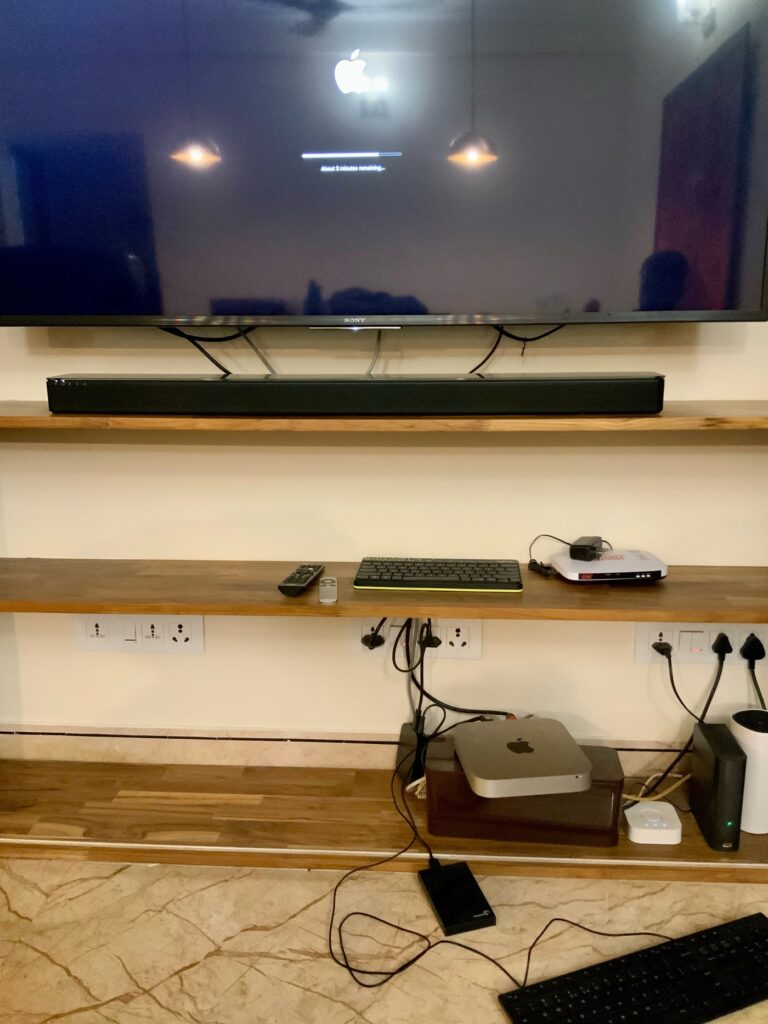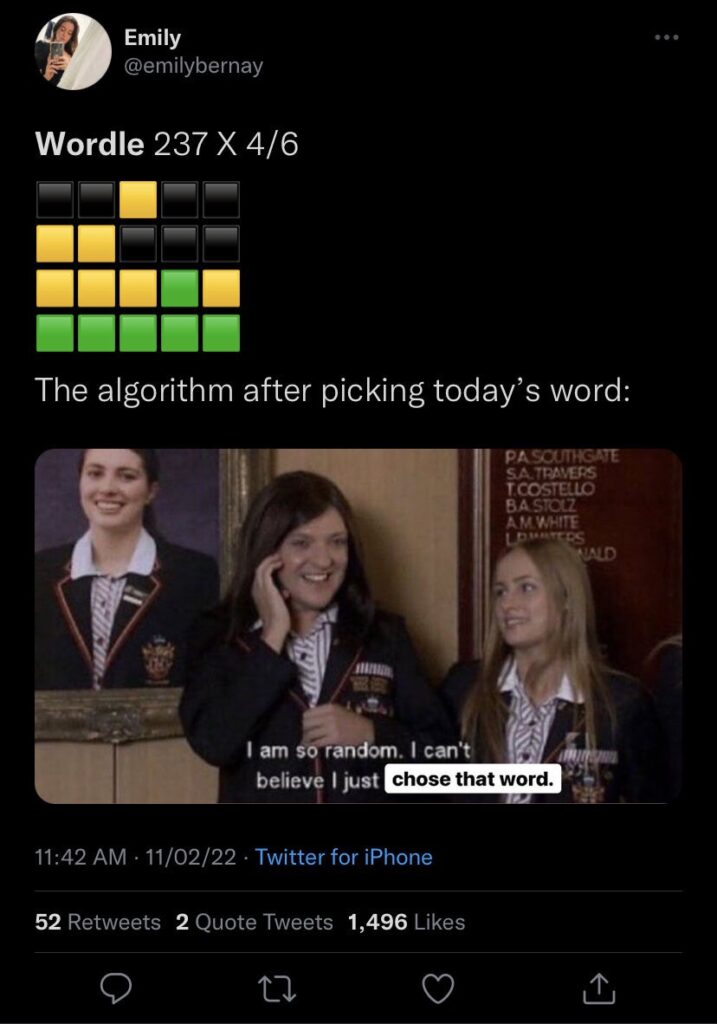I think a significant part of the problems with today’s social media design is the lack of context, whether it is photos on Instagram or posts on Facebook.
You scroll through a feed. You tap on a post. You read the caption. That’s all you have to divine the poster’s background, intent, state of mind, everything.
So the engagement between the poster and their readers/viewers is shallow. It’s expressed in one-tap likes or thumbs-ups. It’s expressed in one-tap re-tweets. It’s expressed in single-line comments that might as well have been emojis. LinkedIn even suggests emotive canned reactions, complete with exclamation marks (“That’s great!” and “Has it been a year already!”).
Very quickly the poster begins sharing with the expectation of mass visibility but low-engagement. Readers scroll past even faster, ignoring dozens of posts wholesale, and tap-tap-ing their reactions on a few. Tapping and expanding to read a message and is attached photos is breaking rhythm (leave alone reading a message’s other comments or tapping an attached link).
Once this becomes the norm, the whole act of expressing oneself on social media takes on a hollow, performative look. Our real selves move to other places like our messaging inboxes & small family groups – the dark forests of the Internet.
This extract from a blog post I stumbled upon says it well:
… thinking about photo sharing in general. And more specifically about how we’ve created this efficient system for sharing to a mass audience. The personal aspect of photos is lost in the sharing process.
When I would post a photo, I wouldn’t receive any comments, it never sparked any conversations. I would just get a handful of likes and that was that. What’s the point? It’s become a game of vanity where the number of likes you receive is the only feedback mechanism. It stinks.
As an experiment, I started sharing photos with individual people, privately, over iMessage. I wouldn’t send them a whole collection of photos, just one at a time here and there. And what I found is that when you send an individual person a photo privately, you actually spark a conversation.
– https://initialcharge.net/2022/01/thoughts-on-photo-sharing/
The design of social media simply doesn’t lend itself well to the sort of engagement that the writer sought. From its earliest days, social media has sought to optimise for scale. At the beginning it made sense because the more people there were on a service the more, well, social it’d be.
But these services also began optimising for increased engagement between users. Increasing followers and followed. Encouraging frequent posting. Encouraging limitless scrolling. If you expend much of your cognitive bandwidth on breadth of coverage, precious little is left for depth of interaction.
Group chats have proved to be a reasonable alternative to social media. I wonder what that will evolve to.


